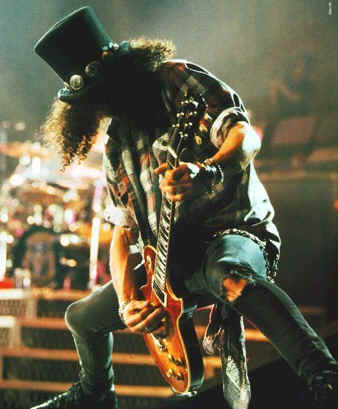This one has a real good news-bad news feel to it on first reading.
The good news: they're considering bringing back weapon damage types. (and if they also bring back small/large damage dice they're really on the right track!)

This tells me they're looking at how mechanics and flavour interact, which is a significant and welcome change of tack.
The bad news: the amount of concern about balance. (and isn't that a wonderfully loaded question from the interviewer to prompt that answer) If the system is kept simple then at least some sort of balance should be relatively easy to achieve; if they're that worried about balance already this tells me the system is going to be complicated, not a good sign. Just design the bloody game and let the playtesters sort out the balance issues - if any.
Lan-"unbalanced and ready to topple over"-efan
This tells me they're looking at how mechanics and flavour interact, which is a significant and welcome change of tack.






